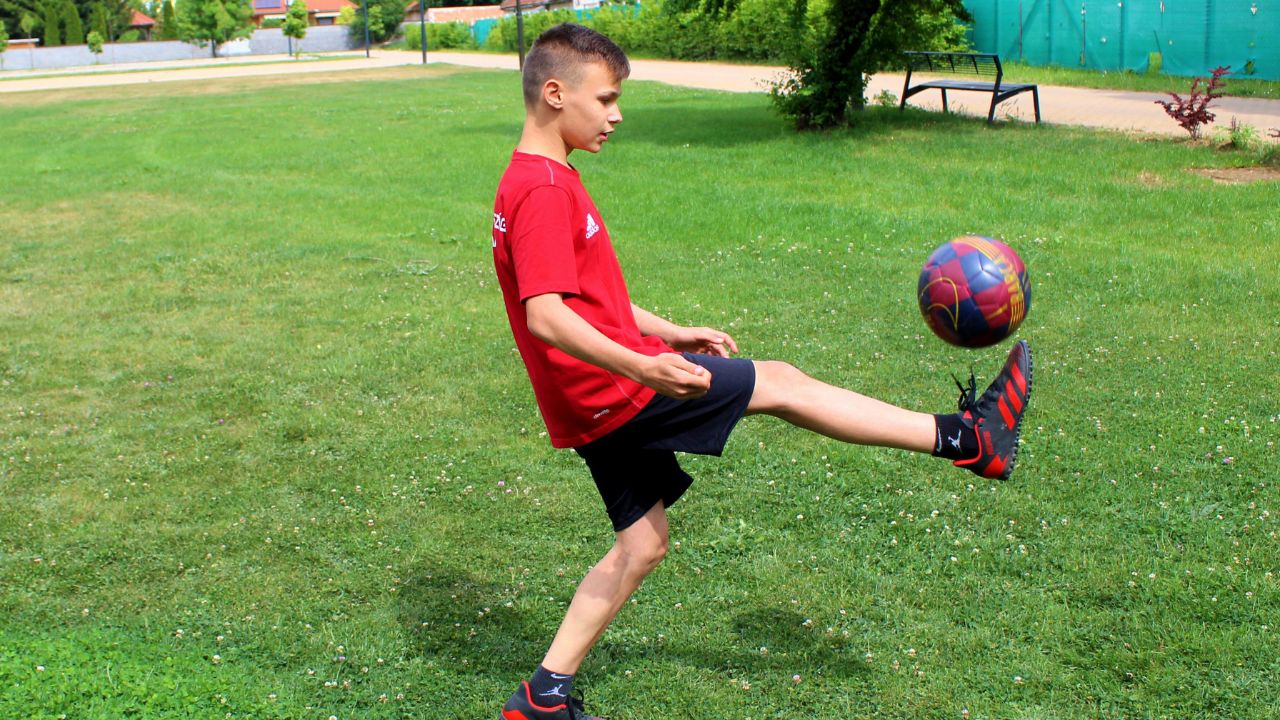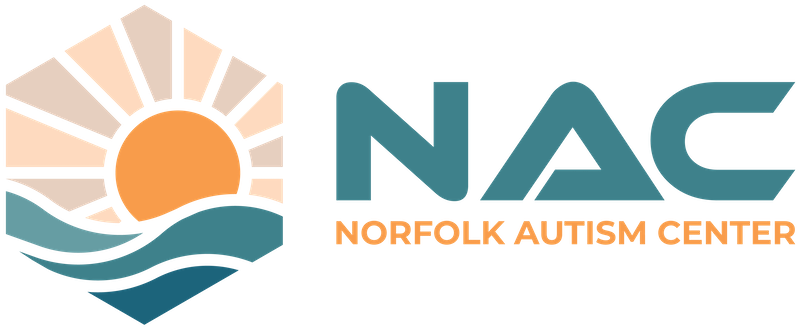Learning that your child might benefit from ABA therapy often brings a mix of hope and uncertainty. You may be wondering exactly what ABA therapy involves, whether it’s the right approach for your child, and how to tell if it’s being implemented effectively. These questions are completely normal and important as you navigate your child’s developmental journey. Applied Behavior Analysis (ABA) therapy is an evidence-based approach that helps children with autism develop crucial skills and reduce challenging behaviors that may interfere with learning and social connections. Understanding the basics of ABA therapy will empower you to collaborate effectively with professionals and support your child’s progress.
What is ABA Therapy?
Applied Behavior Analysis therapy is a structured approach that focuses on understanding how behavior is influenced by the environment and how learning takes place. At its core, ABA therapy uses positive reinforcement strategies to increase helpful behaviors and decrease behaviors that might interfere with learning or building relationships. When your child performs a target behavior or skill, they receive a meaningful reward that motivates them to repeat that behavior in the future.
Modern ABA approaches are highly personalized and respectful of your child’s unique personality, preferences, and needs. Today’s ABA therapy focuses on teaching meaningful skills that enhance independence and quality of life—from communication and social skills to daily living activities and academic abilities. Programs are designed around your child’s individual goals and interests.
It’s important to understand that contemporary ABA therapy has evolved significantly from older approaches. Modern ABA is not about “fixing” your child or enforcing rigid compliance. Instead, it’s about helping your child develop skills that will allow them to communicate their needs, engage with others, and navigate the world more successfully. The goal is to promote independence and improve quality of life while respecting your child’s unique perspective and autonomy.
Key Components of Effective ABA Programs
A quality ABA program begins with a comprehensive assessment of your child’s current skills, challenges, preferences, and learning style. This assessment informs an individualized treatment plan that addresses your child’s specific needs and establishes meaningful, measurable goals. Effective programs focus on skills that will make the biggest positive impact on your child’s daily life and independence.
Data collection is a cornerstone of ABA therapy. Your child’s therapist will systematically track progress toward established goals, allowing the team to make informed decisions about when to adjust teaching strategies or introduce new skills. This data-driven approach ensures that the therapy remains effective and responsive to your child’s changing needs.
Quality ABA programs place significant emphasis on developing functional communication and social skills. This might include teaching your child alternative ways to express needs instead of engaging in challenging behaviors, or helping them understand social cues and engage appropriately with peers.
The best ABA programs incorporate your child’s interests and preferences throughout the therapy process. If your child loves dinosaurs, for example, dinosaur toys might be used as rewards, or counting and sorting activities might feature dinosaur figures. This approach increases motivation and makes learning more enjoyable.
Professional qualifications matter greatly in ABA therapy. Programs should be designed and supervised by a Board Certified Behavior Analyst (BCBA), who has specialized graduate-level education and certification in behavior analysis. Therapy sessions may be conducted by Registered Behavior Technicians (RBTs) who work under the BCBA’s supervision and have received specific training in implementing ABA techniques.
What to Expect in ABA Sessions
ABA therapy sessions typically involve a variety of teaching approaches tailored to your child’s learning style and goals. One common approach is discrete trial training (DTT), which breaks skills down into small, manageable steps taught in a structured format with clear instructions and immediate feedback. For example, when teaching a child to request items, a therapist might present a desired toy, prompt the child to say or sign “toy,” and immediately reward successful communication with praise and access to the toy.
Natural environment teaching incorporates learning opportunities into everyday activities and follows your child’s interests. For instance, a therapist might join your child at the sandbox and model how to request a shovel or take turns building a castle, teaching social skills in a context that’s meaningful and motivating.

Applied Behavior Analysis therapy is a structured approach that focuses on understanding how behavior is influenced by the environment and how learning takes place
Incidental teaching captures spontaneous opportunities for learning throughout the day. If your child shows interest in a bird outside the window, the therapist might seize that moment to teach vocabulary related to birds or practice pointing to share interest with others.
The structure of ABA therapy varies based on your child’s needs. Young children or those new to therapy might receive 10-40 hours weekly, often in 2-3 hour sessions. Therapy might take place at home, in a center, at school, or in community settings, depending on your child’s goals and the skills being targeted. As your child progresses, the intensity might decrease, with a shift toward helping you implement strategies in daily life.
Throughout these sessions, therapists use carefully selected reinforcers—rewards that are meaningful to your child—to motivate learning. These might include preferred toys, activities, social praise, or access to special interests, and they’re gradually faded as skills become more natural for your child.
The Parent’s Role in ABA Therapy
As a parent, you are the most constant and influential presence in your child’s life, making you an essential partner in the ABA therapy process. Effective ABA programs include parent training components where therapists teach you to implement strategies during everyday routines. This consistency across environments helps your child generalize new skills beyond the therapy setting.
You can reinforce skills throughout daily activities in simple yet powerful ways. During mealtime, you might practice choice-making by offering two food options. Bath time can become an opportunity to practice following directions or identifying body parts. Bedtime routines are perfect for practicing sequencing skills (“First pajamas, then book, then sleep”).
Consider a scenario where your child is learning to request items instead of grabbing: When you notice your child eyeing a cookie, you can pause before providing it, creating an opportunity for them to practice requesting. With gentle prompting if needed (“What do you want?”), you can reinforce appropriate communication by immediately providing the cookie when they ask verbally or with a sign.
Your insights about your child’s preferences, daily challenges, and family priorities are invaluable to the therapy team. Regular communication with your child’s therapists ensures that goals remain relevant to your family’s needs and that strategies are adapted as your child grows. Remember that you’re the expert on your child, and your input shapes how therapy is implemented.
Call NAC Today
Understanding the fundamentals of ABA therapy empowers you to make informed decisions about your child’s care and become an active participant in their learning journey. Quality ABA therapy is individualized, respectful, and focused on developing meaningful skills that enhance your child’s independence, communication abilities, and quality of life. The most effective therapy programs view you as an essential partner and provide the training and support you need to extend learning opportunities beyond formal sessions.
Learning about ABA therapy is an ongoing process, and it’s normal to have questions along the way. You should feel empowered to ask questions, voice concerns, and actively participate in all aspects of your child’s program. The relationship between your family and your child’s therapy team should be collaborative and transparent, with regular communication about progress and challenges.
For more information about ABA therapy and to discuss whether it might be beneficial for your child, contact Norfolk Autism Center at (757) 777-3229 or visit their location at 152 Burnetts Way, Suffolk, VA 23434. Their team can answer your specific questions and help you explore options that align with your child’s unique needs and your family’s goals.




